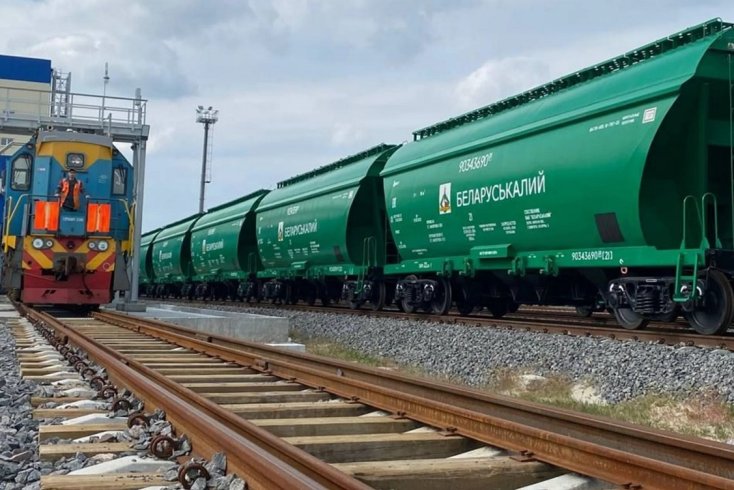Belarus has been experiencing a growing labor shortage, with job vacancies steadily rising over the past several years. As of April 16, nearly 200,000 positions remained unfilled.

Regional breakdown of vacancies:
- Minsk: 54,400
- Minsk region: 33,000
- Brest region: 25,200
- Homiel region: 23,200
- Viciebsk region: 21,700
- Hrodna region: 21,600
- Mahiloŭ region: 19,900
Vacancies are particularly concentrated in districts with large industrial enterprises, including Barysaŭ, Połack, Mazyr, Smalavičy, Salihorsk and Žłobin.
Vacancies by company and occupation
According to the Ministry of Labor, as of April 7, two-thirds of the vacancies are for blue-collar jobs. There is high demand for drivers, salespeople, electricians, plumbers, doctors, nurses and engineers.
The Minsk Automobile Plant (MAZ), a leading manufacturer of trucks and buses, has advertised 3,718 vacancies. These include 259 positions for welders, 254 for electric fitters, 226 for engineers, 124 for turners and 115 for milling machine operators.
Just a year ago, Alaksandar Łukašenka said at a government meeting that 13 percent of positions at MAZ were vacant. At that time, the company employed 13,167 workers, implying around 1,700 unfilled positions—a number that has now more than doubled.
In 2020, MAZ employed 15,400 workers, according to its last available annual report. The company has not published an annual report in the past four years.
Other major employers and their current vacancies include:
- Minsk Tractor Plant (MTZ): 2,592
- BelAZ (heavy-duty truck manufacturer): 974
- Hrodna Azot (nitrogen fertilizer producer): 718
- Naftan (Navapołack-based oil refinery): 694
- Biełšyna (tire manufacturer): 676
- Belarusian Steel Works (BMZ): 324
- Mazyr Refinery: 211
- Biełaruśkalij (potash producer): 129
In the retail sector, the Evroopt grocery chain reported 3,025 vacancies nationwide. Additionally, there are over 3,000 openings for teachers, approximately 10,000 for healthcare workers and as many as 13,998 for drivers.
Urgent measures
The Belarusian government views labor migration as a potential solution to the growing crisis. On April 11, Łukašenka met with Pakistani Prime Minister Shehbaz Sharif in Minsk to discuss a framework for bringing Pakistani migrant workers to Belarus.
Following the meeting, Sharif stated that Pakistan could send up to 150,000 young workers to Belarus.
Łukašenka later emphasized the government’s interest in attracting skilled workers along with their families. He identified the Viciebsk, Homiel and Mahiloŭ regions as suitable destinations for incoming workers and promised them equal treatment and working conditions alongside Belarusian citizens.
According to the Cyberpartisans hacktivist group, more than 200,000 workers left Belarus between 2018 and 2023. The ongoing labor shortage is exacerbated by this wave of emigration, driven in part by political repression following the disputed 2020 presidential election.
In 2024, the number of foreigners employed in Belarus doubled from 33,000 to 60,000, state media reported.
Belarus’ population has declined by 1.1 million over the past three decades to 9.1 million on January 1.




